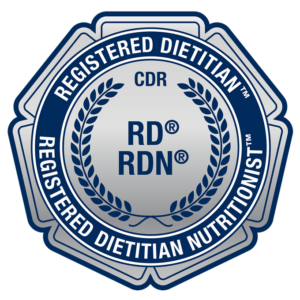Wondering how to heal your gut problems?
Tired of the feeling bloated? Clothes fit one day, but not the next? Gut problems – how to heal leaky gut? In the previous article, symptoms of gut problems and leaky gut were reviewed. Want relief? Let’s review how to heal leaky gut. Leaky gut is also linked to eating a diet that is low in gut-friendly fiber (adults should aim for 25-30 g of fiber per day). It can also be from consuming too much added sugar and saturated fat. Leaky gut may even result from stress or an imbalance in the diversity and numbers of your friendly gut microbes.
What can you do about Gut problems?
One way to approach a suspected leaky gut is to address inflammation and eat a more gut-friendly diet. This means reducing:
- excessive alcohol
- processed foods that tend to be high in fat and sugar and artificial sweeteners
- foods that you’re allergic or sensitive to.
For example, if you were diagnosed celiac disease, you want to be sure to stay away from gluten, as exposing your gut to it can cause a large inflammatory response.
Instead, enjoy more foods rich in gut-friendly probiotics and fiber. Which is a prebiotic, or food for your friendly gut microbes. These include:
- yogurt or kefir
- fermented foods (e.g., kimchi, sauerkraut, and miso)
- fruits and vegetables (e.g., berries, oranges, broccoli, carrots, and zucchini)
- nuts and seeds (e.g., walnuts, cashews, and chia seeds)
- Whole grains (e.g., oats, corn, and quinoa)
If you’re going to proactively increase your fiber intake, do it over several days because sudden increases in fiber can cause gas, bloating, and other gut discomfort. If you have IBS, talk to your doctor, or contact me to see if certain fibers may worsen your condition and which are recommended.
Foods to Avoid
Sometimes, even the healthiest of diets still disrupt your life. This is when it is time to further investigate using an elimation diet and journaling your symptoms. People who experience unpleasant gastrointestinal symptoms may want to avoid eating foods that are difficult to digest. Experts refer to these foods as fermentable oligo-, di-, mono-saccharides and polyols (FODMAPs).
FODMAPs are carbohydrates, which bacteria break down, or ferment. This fermentation process results in the production of gas, which causes uncomfortable symptoms such as bloating and flatulence.
Examples of FODMAPs include:
- fructose
- lactose
- fructan
- galactans
- polyols
Adopting a low FODMAP diet may reduce gut problems. This, in turn, may help alleviate the digestive discomfort that leaky gut brings. The FODMAP diet is a 2-6 week elimination plan. It is best guided by a Registered Dietitian. Then, foods are gradually reintroduced and evaluated for tolerance. The total process can take 3-6 months to find out what is causing your gut problems.
High FODMAP foods to avoid include:
- fruits such as apples, cherries, peaches, pears, goji berries, dates, and watermelon
- vegetables including asparagus, mushrooms, onions, and garlic
- legumes, such as black beans, fava beans, kidney beans, and chickpeas
- natural and artificial sweeteners, including fructose, honey, xylitol, sorbitol
- grains such as wheat, flour, barley, rye, and almond meal
- beverages including soda, fruit juice, beer, and wine
To start, try a free trial of a 3 day FODMAP diet. Click this link to sign up
Lifestyle tips for Gut Problems
Also, regular exercise can help your digestive system. This means taking even a 15- or 20-minute walk after you eat to help you digest your food. And don’t forget the importance of stress management, quality sleep, and not smoking. It is highly recommended to journal your food and symptoms to identify the root cause of your gut problems.
This is a complicated process, but in the end it can heal your gut problems. You don’t have to figure it out alone. Contact me for more meal planning ideas, apps to guide the process, and most importantly, my support to guide you through the process.


